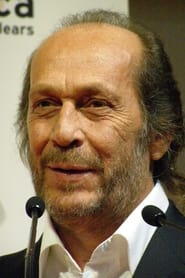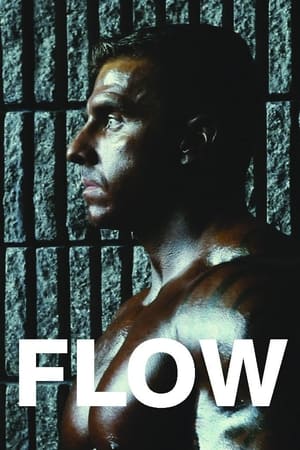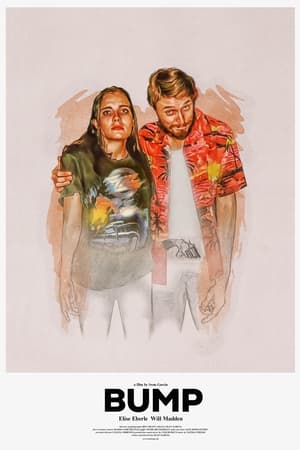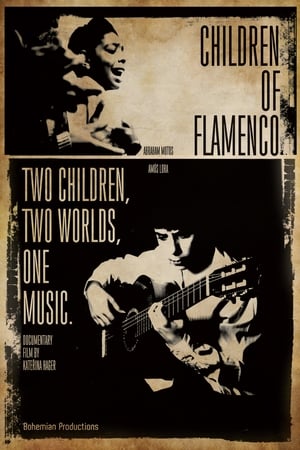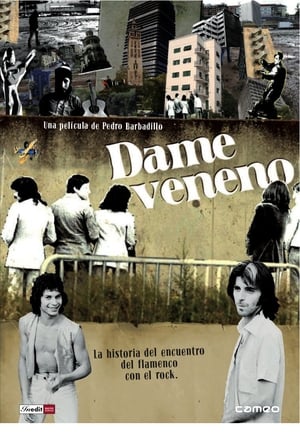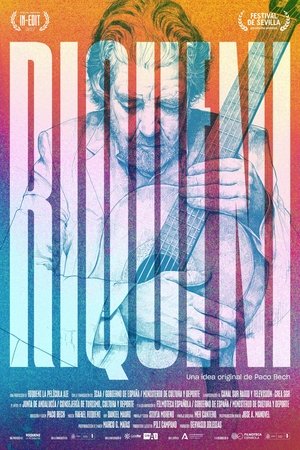
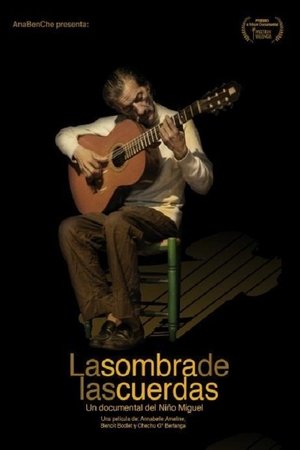
The Shadow of the Strings(2009)
Throughout the streets of Huelva, a man with his guitar has been disambiguating for years, day and night he goes out into the streets to make a living asking for money in bars and terraces. His guitar almost never has the six strings, his hands are dirty, his mind long ago could not stand the life that he had to live, and he continues as he can stuck to that guitar with which he expresses himself continuously, indefatigable. That vagabond, an omnipresent street artist, is the "Niño Miguel", considered by many to be the best guitarist in the history of flamenco, a genius who revolutionized the guitar with only two records in the 70s, a source of inspiration for all other guitarists... a guitarist of guitarists, a living legend, a mystery, a misunderstood genius, excluded from society: The shadow of the strings.
Movie: The Shadow of the Strings
Top 2 Billed Cast
Himself

La sombra de las cuerdas
HomePage
Overview
Throughout the streets of Huelva, a man with his guitar has been disambiguating for years, day and night he goes out into the streets to make a living asking for money in bars and terraces. His guitar almost never has the six strings, his hands are dirty, his mind long ago could not stand the life that he had to live, and he continues as he can stuck to that guitar with which he expresses himself continuously, indefatigable. That vagabond, an omnipresent street artist, is the "Niño Miguel", considered by many to be the best guitarist in the history of flamenco, a genius who revolutionized the guitar with only two records in the 70s, a source of inspiration for all other guitarists... a guitarist of guitarists, a living legend, a mystery, a misunderstood genius, excluded from society: The shadow of the strings.
Release Date
2009-01-01
Average
8
Rating:
4.0 startsTagline
Genres
Languages:
EspañolKeywords
Recommendations Movies
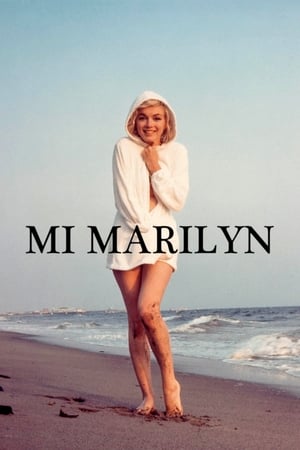 6.1
6.1Mi Marilyn(es)
A memory of Marilyn Monroe (1926-1962), woman, actress, goddess, myth, in the words of the Spanish director and scriptwriter José Luis Garci, who returns to his childhood and recovers a lost paradise.
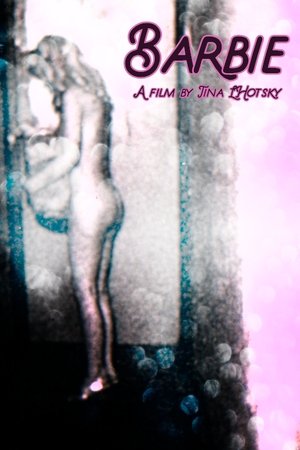 6.7
6.7Barbie(en)
Barbie comes home from shopping. She takes her groceries out of the bag and unwraps a little Barbie doll. She fries up the Barbie doll and eats it.
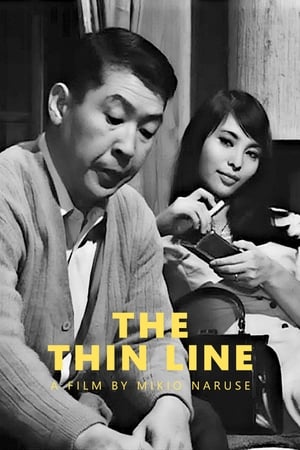 7.3
7.3The Thin Line(ja)
Tashiro coincidentally meets his best friend Sugimoto in a bar very close to the apartment in which Sugimoto’s wayward wife is found dead. Although Tashiro is not a suspect in the police investigation, he is racked with guilt and confesses to his wife, Masako. In an effort to further relieve his tortured sense of guilt, he then confesses to Sugimoto. Neither his wife nor his friend can believe that he could have been involved.
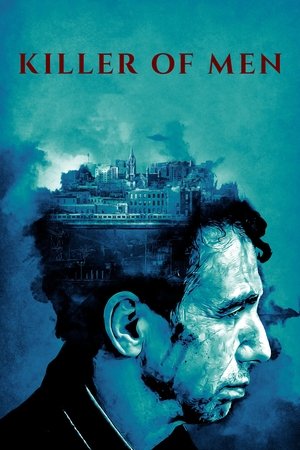 7.3
7.3Killer of Men(en)
A man lurks the night alleys, killing people at random, he feels nothing, no emotion, and no pain; when he meets a graceful widow he must confront what it means to be human.
 5.0
5.0Rylan: Homophobia, Football and Me(en)
Rylan Clark shares his experiences of homophobia and his complicated relationship with football. He also meets people involved in the sport to ask why it's not a wholly welcoming place for gay men and how homophobia has an impact on those exposed to it.
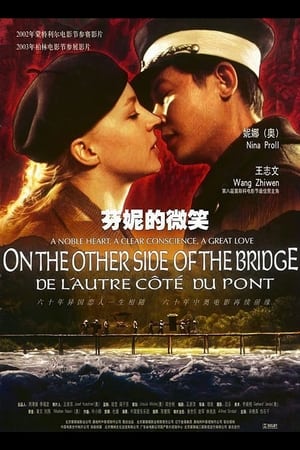 6.5
6.5On the Other Side of the Bridge(de)
Vienna in 1931. Fanny, the daughter of a Vienna police trainer, meets the Chinese police officer Ma Yunlong, who is completing specialist training in Vienna. The shy acquaintance quickly turns into great love. Against the will of her parents, Fanny travels to China on her 18th birthday to marry Yunlong. At his side, Fanny begins a new life in the Middle Kingdom, which is characterized by deprivation and painful turns due to the multiple political upheavals.
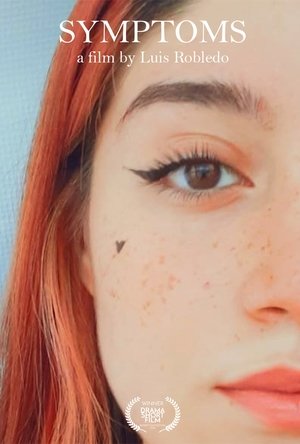 6.7
6.7Symptoms(es)
A 17-year-old girl faces a life with an adverse perspective, where her social life, her experiences, her happiness and emotional stability only depend on a thread that is too damaged.
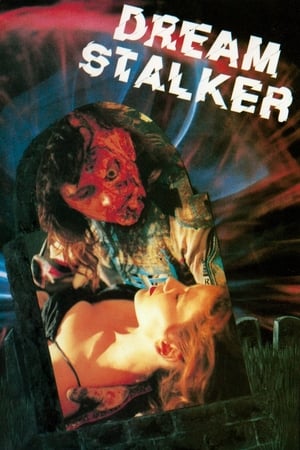 2.8
2.8Dream Stalker(en)
After her boyfriend Ricky is killed in a motocross accident, Brittney has dreams of him as Dead Ricky, a burned-up killer who dispatches all those who get between his undead love for her. But when her friends start getting offed it might not be a dream after all!
 10.0
10.0Wimbledon Official Film 2016(en)
Both defending champions entered the Fortnight with a great deal at stake. Novak Djokovic, seeking a third successive triumph and fourth in all at the All England Club, was also halfway to achieving the calendar year Grand Slam. Serena Williams meanwhile was trying to equal Steffi Graf's Open Era record of 22 Major singles titles and achieve parity with the German on seven Wimbledon singles titles a piece. The Championships took a series of twists along the way. In one of the biggest upsets in recent Wimbledon history, Djokovic was beaten by the big-hitting American Sam Querrey in the third round.
Tujhe Dekhne Se Pehle(en)
Tujhe Dekhne Se Pehle tells the heartfelt journey of two friends, Vicky and Katrina, living in the United Kingdom. Katrina has secretly loved Vicky for a long time, but he remains unaware of her feelings. One day, Katrina invites Vicky to meet her at Tower Bridge in London. Over coffee and romantic conversations, their connection begins to deepen. Katrina takes Vicky on a memorable tour of the city, showing him iconic landmarks like Waterloo Underground Station, London Bridge, and the Parliament building. Their day ends with a car ride to Birmingham, where they stay overnight at a cozy hotel. The next morning, they visit Brean Down, a scenic coastal area. At the highest point of the walk, Katrina gathers her courage and proposes marriage. Touched and realizing his own feelings, Vicky accepts, and their bond blossoms into deep love. The music video delivers a heartfelt message: friendships can evolve into beautiful relationships, and life's unexpected turns often lead to love.
 3.7
3.7Los Networkers Multinivel(es)
Experience the process of a newbie in network marketing. From hearing about this exciting industry for the first time to reaching 6 figures and facing the challenges that MLM success brings. MLM is the Industry that uninformed people confuse with pyramids or ponzi-type schemes, and the informed call it "The Business of the 21st Century". Experience how a Networker goes through each stage of growth in Network Marketing.
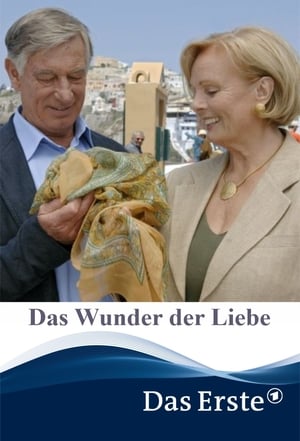 5.5
5.5Das Wunder der Liebe(de)
Elisabeth Romm wants to start all over again: the attractive and successful antiques dealer is determined to get married for the second time and start a new life with the love of her life, Bert. But then it happens: On the day of the planned wedding ceremony, Bert collapses with a heart attack in front of the registry office and dies! From one moment to the next, the stunned Elisabeth is left with nothing. She has not only lost her beloved partner, but also her livelihood. She had already given up her antique store and her apartment. At first, the grieving, distraught Elisabeth stays with her daughter Isabel. But she soon realizes that Isabel's selfish husband Adrian in particular wants his mother-in-law out of the house as quickly as possible.
A Fight for(sl)
A month after the Wall Street occupation, a number of protesters follow their example and set up their tents in front of the Ljubljana stock market. The protesters are united in the critique of representative democracy and global financial capitalism under the slogan ‘nobody represents us’. Their organisation is based on the principles of direct democracy. In absence of other social alternatives, a community starts to emerge in the camp in front of the stock market where everyone has an equal say, and everyone is united in their diversity. After the initial euphoria the great idea of direct democracy clashes against the contemporary individual; antagonisms surface, similar to those of the system which the protesters fight against. The story about the Slovenian version of the ‘occupy’ movement is portrayed with the stories of a few protagonists, who despite several defeats do not lose hope in a different world.
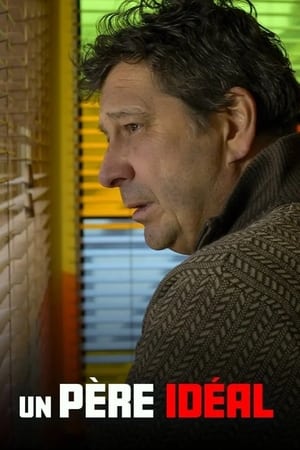 6.3
6.3An Ideal Father(fr)
Michel, the jovial owner of the only café in a small Normandy town, sees his life turned upside down when his teenage daughter is murdered. The community has his back but soon rumor spreads and Michel is singled out. From the ideal father, he becomes the ideal culprit.
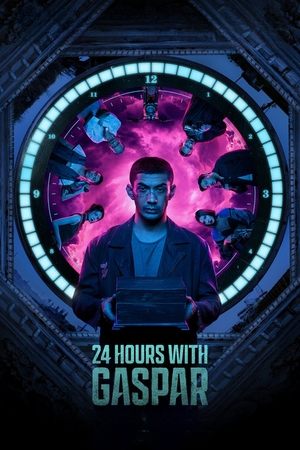 6.6
6.624 Hours with Gaspar(id)
With only 24 hours left to live, a private investigator follows a trail of confounding clues to uncover the disappearance of his childhood friend.
Similar Movies
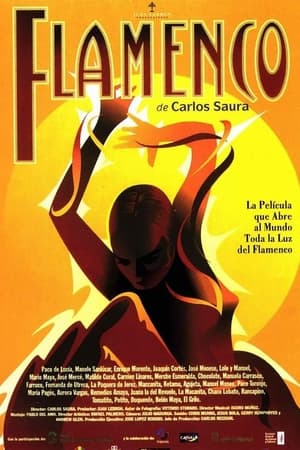 6.1
6.1Flamenco(es)
The film presents thirteen rhythms of flamenco, each with song, guitar, and dance: the up-tempo bularías, a brooding farruca, an anguished martinete, and a satiric fandango de huelva. There are tangos, a taranta, alegrías, siguiriyas, soleás, a guajira of patrician women, a petenera about a sentence to death, villancicos, and a final rumba.
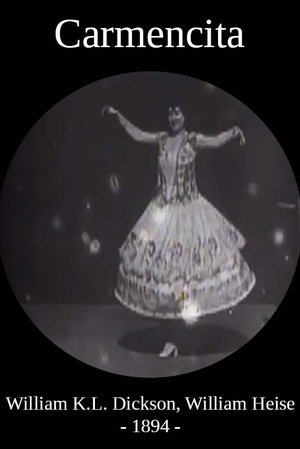 5.2
5.2Carmencita(xx)
The first woman to appear in front of an Edison motion picture camera and possibly the first woman to appear in a motion picture within the United States. In the film, Carmencita is recorded going through a routine she had been performing at Koster & Bial's in New York since February 1890.
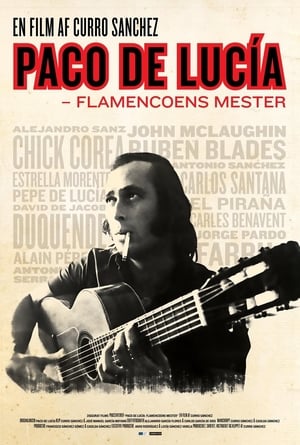 6.7
6.7Paco de Lucía: La Búsqueda(es)
The documentary is a summary of Paco de Lucía's career, his art, his human category and his life, from his first artistic steps to his last professional steps, which have been marked by flamenco. Numerous testimonies and interviews carried out between 2010 and 2014 are exposed.
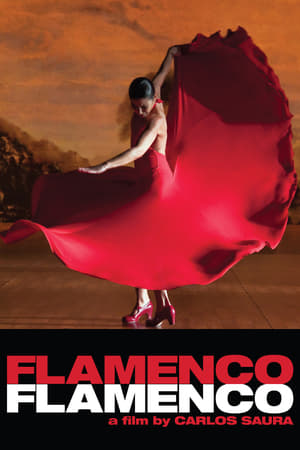 7.1
7.1Flamenco Flamenco(es)
A look at the history and traditions of flamenco music and dance.
De caballos y guitarras(es)
A musical, and also a reflection on watching, on trying to escape an anthropocentric gaze and also on watching itself in cinema. Featuring mares and horses: Triana, Víctor K, Bambi Sailor, San Special Solano, Buck Red Skin, Onkaia, Cool Boy, the donkey Agostino, the mule Guapa. And also Alfredo Lagos, Raül Refree, María Marín, Pepe Habichuela, Virgina García del Pino, María García Ruiz, Pilar Monsell, María Pérez Sanz.
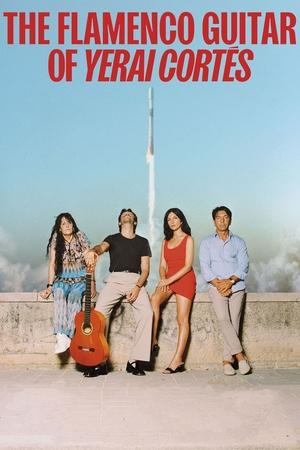 7.1
7.1The Flamenco Guitar of Yerai Cortés(es)
A thoughtful exploration of gypsy culture, an intimate portrait of flamenco guitar player Yerai Cortés and a healing family exorcism through music. Antón Álvarez (aka C. Tangana) makes his filmmaking debut with this documentary.
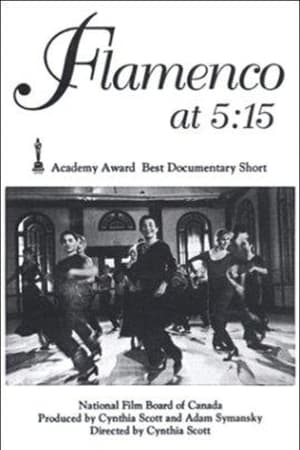 6.5
6.5Flamenco at 5:15(en)
In this Oscar Winning documentary short film, students in their final year at the National Ballet School of Canada are seen learning the flamenco from Susana and Antonio Robledo, who come to the school every winter to conduct classes which are held after the day's regular schedule has ended.
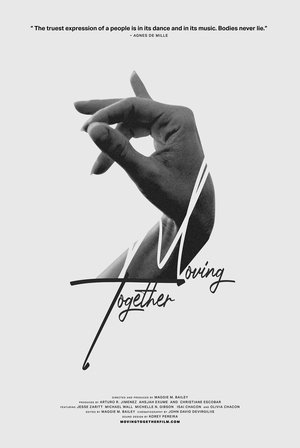 0.0
0.0Moving Together(en)
Moving Together is a celebratory love letter to music and dance that brims with kinetic life and energy. This documentary explores the intricate collaboration between dancers and musicians, moving seamlessly between Flamenco, Modern, and New Orleans Second Line.
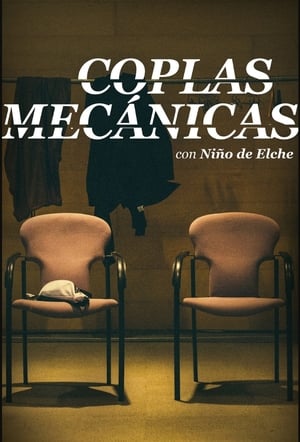 0.0
0.0Coplas mecánicas(es)
Niño de Elche leaves the curtain ajar in the moments before the premiere of his show Coplas Mecánicas, with Israel Galván at Sónar Festival 2018.
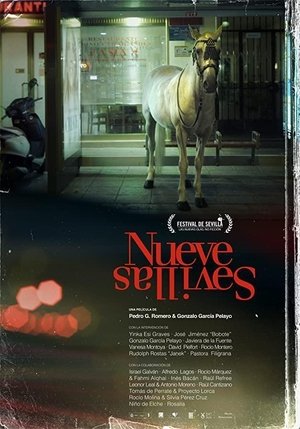 5.0
5.0Nine Sevilles(es)
"Nueve Sevillas" is a heterodox psycho-geographical profile of the new flamenco in Seville. Nine characters coexist with the great flamenco artists of today.
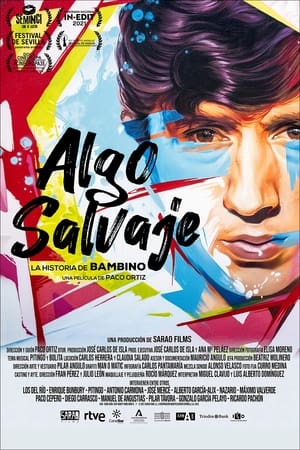 7.0
7.0Wild Flamenco: Bambino's Story(es)
In his time of greatest splendor, the singer Miguel 'Bambino' Vargas Jiménez (1940-99) was the last frontier of flamenco, an immense musical genre that he developed and brought closer to large audiences: an artist of artists, the idol of the roadside bars, whose inimitable style, scenic magnetism and heartbreaking personality made of his figure a myth, a king without a kingdom, a giant of the popular music of the 20th century.
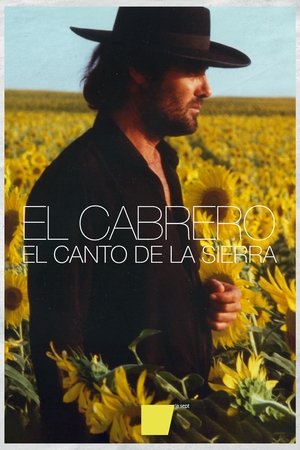 8.3
8.3El Cabrero: el canto de la sierra(es)
Documentary portrait of José Domínguez Muñoz, better known as "El Cabrero" (French for "the goatherd"), Spanish libertarian flamenco singer born in Aznalcóllar, province of Seville, in 1944 and filmed over two weeks in 1988 in Seville, Aznalcóllar, La Carbonería de Sevilla and Marinaleda, and in concert at a recital in Bayonne. Politically committed, El Cabrero defines himself as a libertarian. Since the 1970s, he has been close to the anarchist movement. For many years, he was a member of the anarcho-syndicalist Confédération Nationale du Travail.
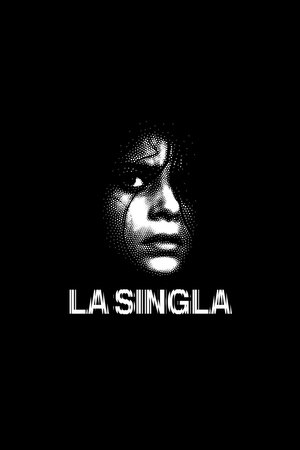 9.0
9.0La Singla(es)
In the 1960s, a young Spanish flamenco dancer named Antonia Singla captivated audiences with her strikingly passionate performances. Having lost her hearing at a young age, La Singla rose to fame with her commanding presence through a combination of her powerful gaze and thunderous movement. However, just at the height of her fame, she seemingly disappeared and decades later has been all but forgotten. When a young woman in Seville comes across La Singla’s story, a bigger picture starts to be unveiled. Through research, interviews and captivating archival footage, she starts to piece together the legend of La Singla. Through the beauty of her performances and the heartbreak of her story, La Singla celebrates and preserves the legacy of one of the greatest Flamenco dancers of all time.
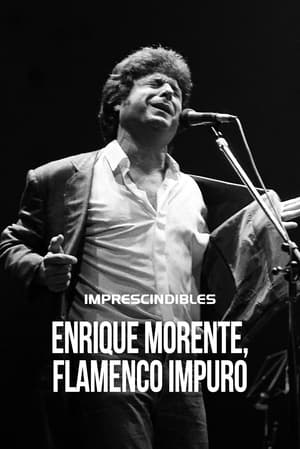 6.0
6.0Enrique Morente: flamenco impuro(es)
Enrique Morente's three sons tell the story of their father: the most revolutionary flamenco in history. Despite criticism from purists, he opened cante jondo to cultured poetry, brought it closer to young university students, explored its Arab roots and paired it with rock and other contemporary sounds. Much of the Spanish music of the last decades is heir to his findings.
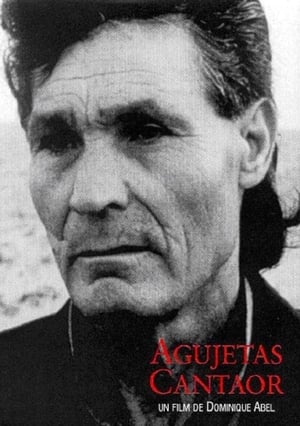 10.0
10.0Agujetas Cantaor(es)
Documentary based on the figure of Manuel Agujetas (Manuel de los Santos Pastor 1939-2015), mythical cantaor and one of the last representatives of the Flamenco de Jerez school. Essential figure of flamenco.
